The complete guide to home viewing
Get Screen Gab for everything about the TV shows and streaming movies everyone’s talking about.
You may occasionally receive promotional content from the Los Angeles Times.
It’s no simple feat to create must-see TV — in whatever form — in an era when there’s more TV than anyone can watch in a lifetime.
Running the Show is a recurring feature in which I speak with showrunners — the industry term for the person in charge in every aspect of a TV show — about how they do what they do. How did Krista Vernoff of “Grey’s Anatomy” and its spinoff “Station 19” pull off the surprise return of a former cast member during a COVID-19 pandemic? How does Dan Goor of “Brooklyn Nine-Nine” envision wrapping up the cop comedy?
Here are the conversations with the creative minds behind some of the TV shows you can’t stop watching. The discussions cover a range of topics, including their journey, their craft, their frustrations and, well, their shows.
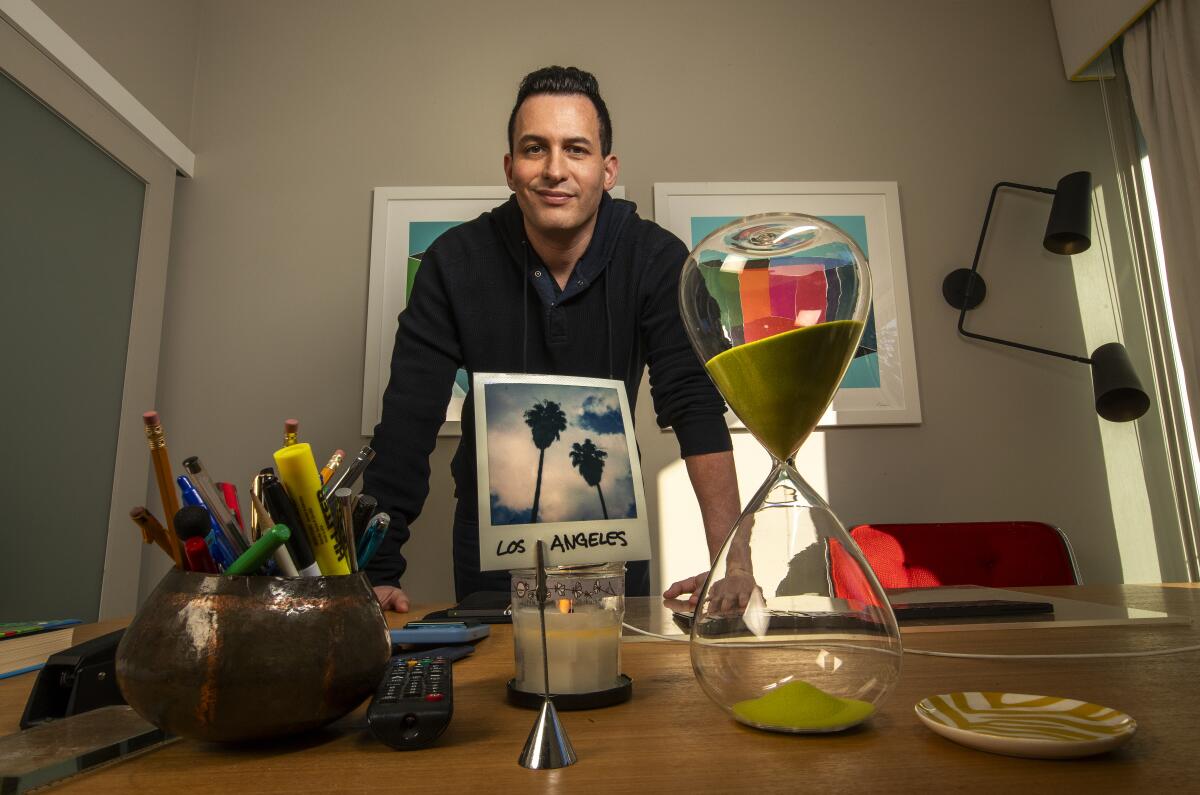
We could do less storyboarding or anticipating than we had ever done before, because we didn’t know how the pieces would assemble back together — or even if they would in the first place. I will say that we were grateful for every day that we weren’t shooting because we think the group needed time to recover. I thought that if the feelings were that heated that I didn’t know how that would ultimately land. On the one hand, a couple of months [gap in shooting] is a long time, but it’s also not. As you see [in the first two episodes], we aren’t in a terribly different place. There’s very little we could do here. All of the questions that we faced about how Ariana and Tom would shoot together, our feeling was, well, we just don’t know. We didn’t know whether Rachel was returning, so we had to kind of roll with it as it developed. We are documenting a group of people. We follow the story as it develops. I will tell you, it doesn’t get any less intense going forward. READ MORE >>>
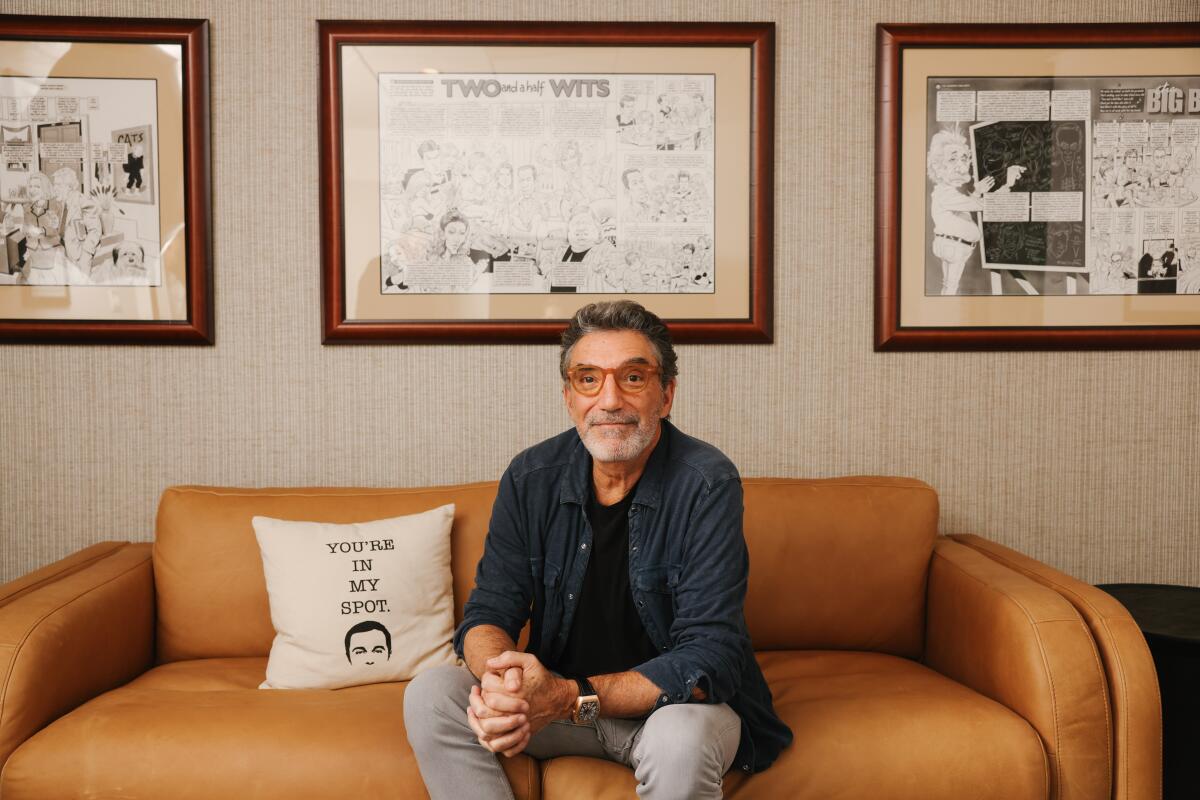
The thing that first resonated with me about bookmaking is how it’s become a sort of anachronism. An age-old profession threatened by technology and legalization. I couldn’t help feeling that there was a parallel with being a sitcom writer. When I started, there were probably 56 comedies being made every week. Now, the number is maybe six. The image that comes to mind is a dinosaur looking up at the sky, watching a meteor hurtling down and wondering if he should be concerned. And yeah, I’m the dinosaur. READ MORE>>>

That story [in the 1996 film “Fargo”] of the Bill Macy character [Jerry Lundegaard] who has his wife kidnapped because he thinks his rich father-in-law will pay the ransom and he loses control of the whole thing — I thought there was something interesting to that because the only one who doesn’t really get much screen time or voice is the wife. I thought it was interesting to revisit the story from the wife’s point of view, while exploring the very concept of wife-ness. It’s the story of a wife who was kidnapped by her husband; it’s just not the man she is married to right now. But what happens if they come for her in almost identically the same way that they come for the wife in the movie, but something very different happens because she’s not that person. She’s a very different person because she has had to escape from an abusive husband in the past. READ MORE>>>

The metaphor for the season that we kept coming back to was the idea of him standing on a bridge and that we were going to walk him all the way up to self-awareness, where he was for the first time. It’s not about admitting that you’re a murderer or a killer. It’s specifically about what he has done to the women that he loves. And that he has never spoken to before. READ MORE>>>

It is weird to do a thing about a video store in 2022, but it is coming off a time where we felt very isolated. It was easy to use that craving for human connection and incorporate that in the show, like Timmy [Randall Park] being able to look at someone and go like, “Oh, I know what movie you need right now. And you’re gonna have a great weekend.” And it was a little bit of wish fulfillment for me, from being isolated and running out of things to watch, and there is a dog biting my hair anytime I have a Zoom call. I needed to find an escape. READ MORE>>>
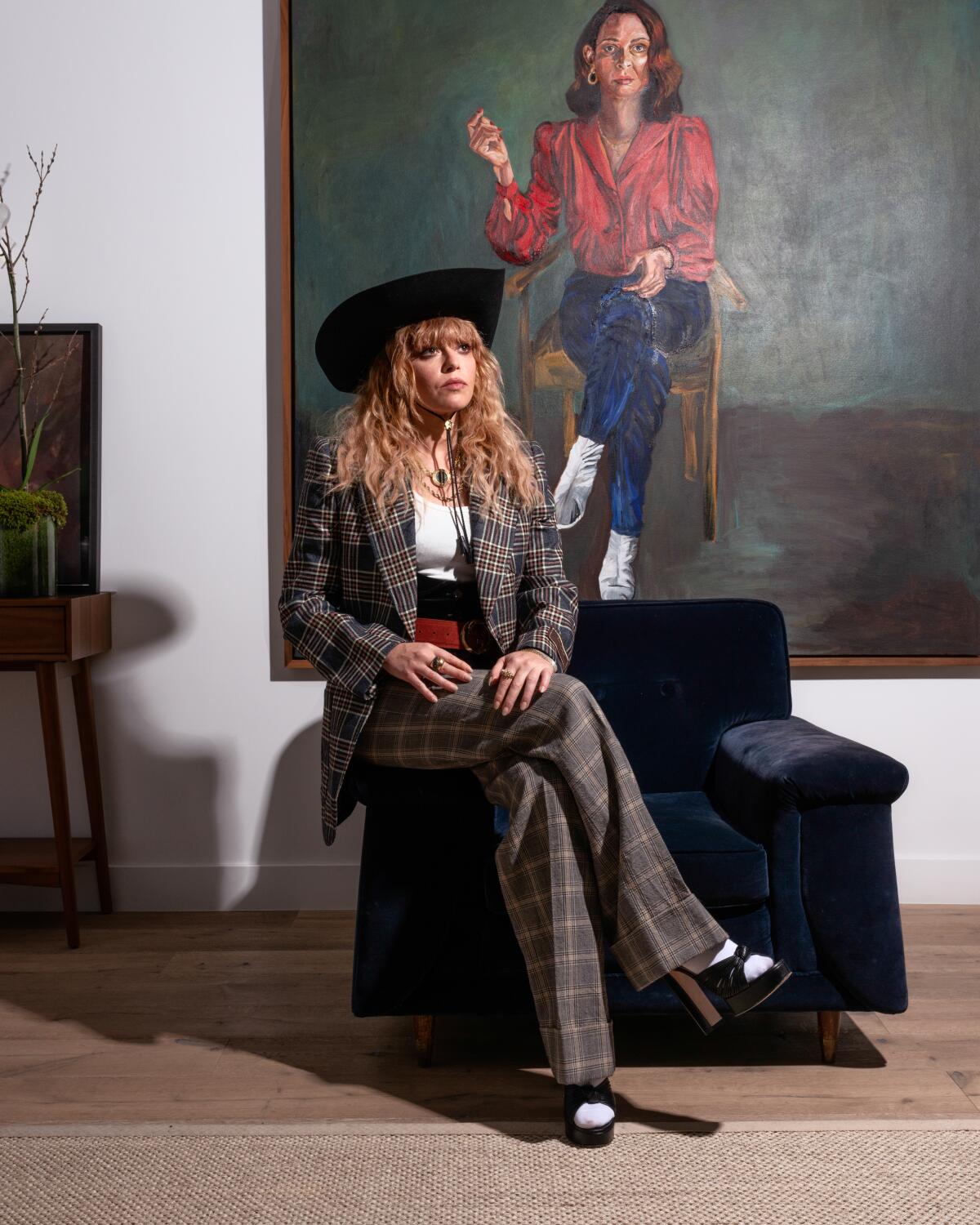
It’s funny the way we want to describe this as so many different jobs, that I’m wearing so many hats, because I really experienced it as just wearing one hat — and it is globally holding the show. My job is to see this show from its idea all the way to the finish line. I’m like meticulously and obsessively in the details of all of it, and experience almost a real relaxation around understanding all of the elements of the day because I know what we’re actually concerned with: Somebody didn’t make their flight, and therefore we’re going to be screwed for our schedule tomorrow with the COVID testing cycle, lose that location. ... As opposed to, sometimes when you’re an actor on set, you feel a murmur at the monitors, and you’re not quite sure what it is and you can think like, Oh, is it about me? Here, I would know very easily, no, this is about Delta Air Lines. So we’re going to stay focused in this scene, because we can’t control Delta Air Lines. READ MORE >>>
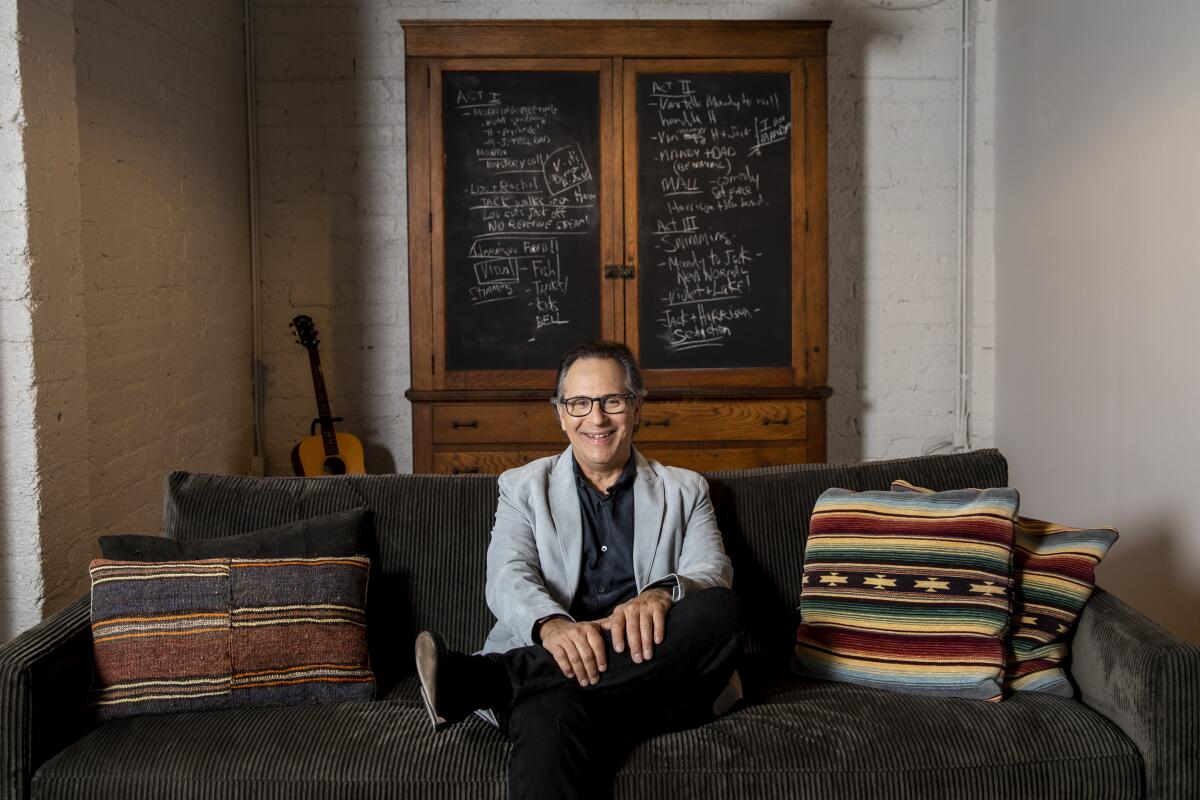
I already had done “Parenthood,” which had over 100 episodes, where we did the story about Max Braverman. We didn’t cast that role in this way because at the time, frankly, I didn’t even imagine or think about it. I’m so proud of “Parenthood” and I’m so proud of that story line, but if I’m going to revisit that story line, how do I do better? How do I do more? How do I be braver? And how do I get more help from this community to help me tell the story? Because even though I have a son on the spectrum, even though I know many people on the spectrum, it’s important to have the voices and the point of view of the people who are living it. READ MORE >>>
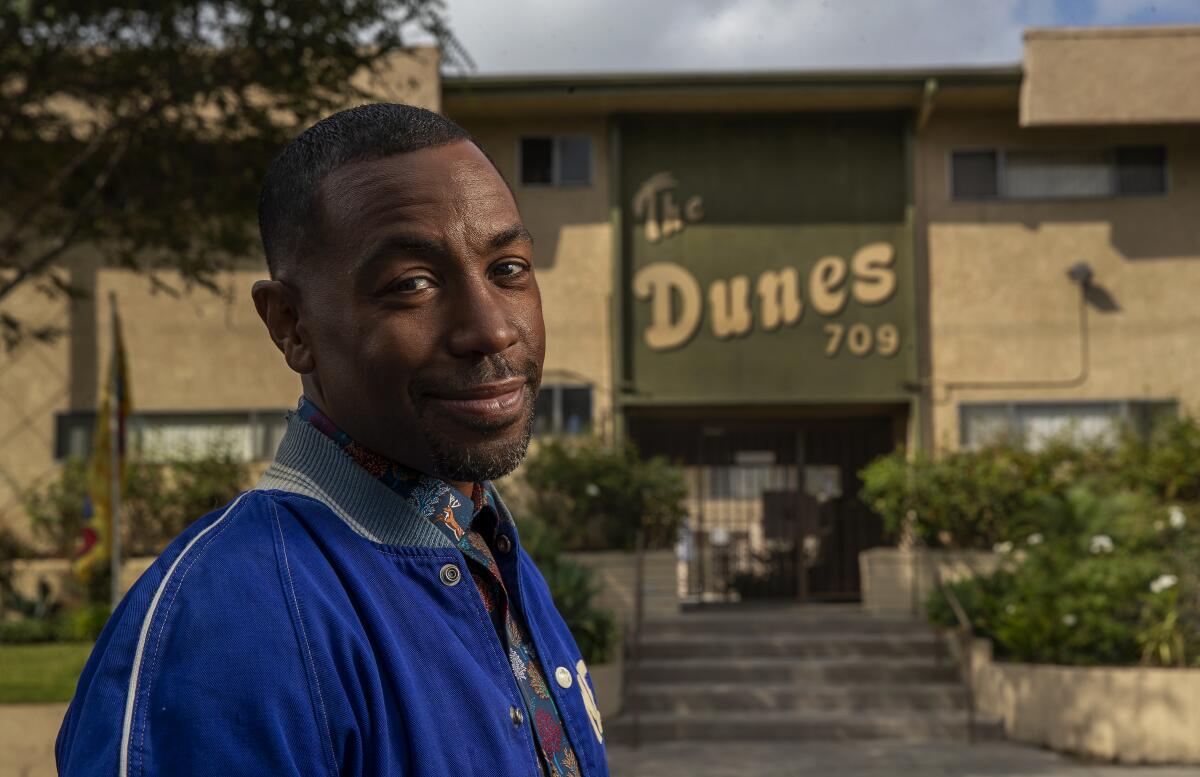
Issa and I are both from that [South L.A.] neighborhood, and that neighborhood has shaped who we are. We both have watched the neighborhood change. And the thing that we wanted to do was say, “There’s beauty south of the 10.” But we never see that — it just kind of gets played as a sort of like concrete jungle. But it’s beautiful — those homes are beautiful mid-century homes, beautiful ranch homes designed by the same Black architect who designed Beverly Hills and Malibu [homes]. READ MORE >>>
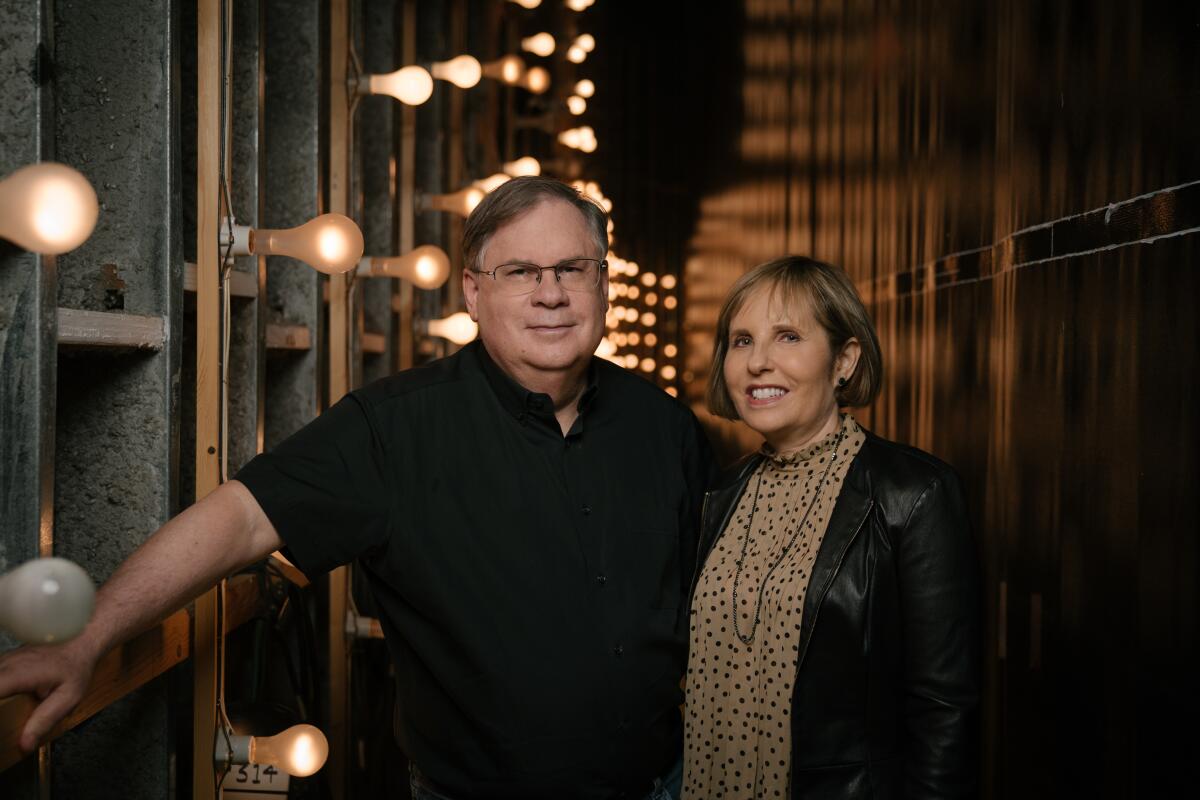
“I like the idea that you’d be in a supermarket and turn the corner and run into Alicia Florrick or Kristen Bouchard; that they’re living the same experience we’re all living now seems interesting,” Robert King says. “So many writers try to avoid the present day because they think their work will last for 18 decades. And it’s like, no, Shakespeare lasts that long. You don’t. So why not use the material of today that in many ways most of us, if not all of us, are experiencing?” READ MORE >>>
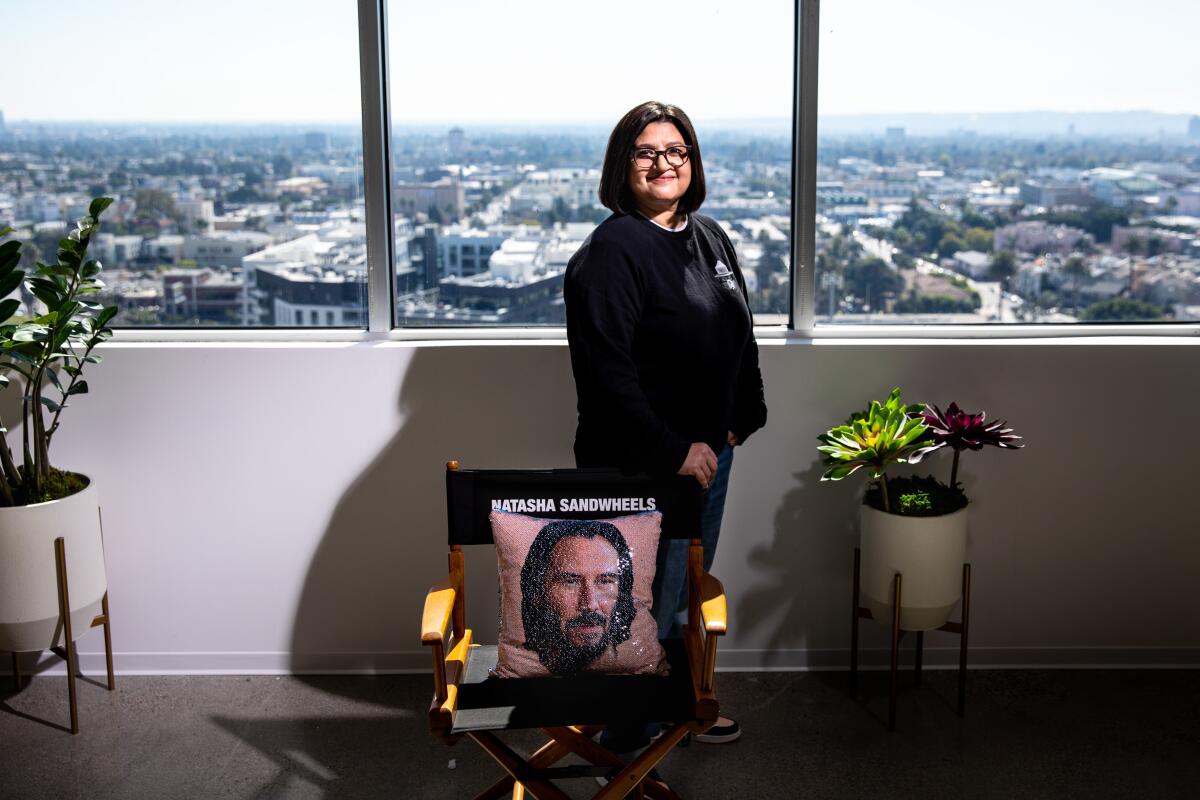
It’s not a fiefdom. You hire talented people, let them bring their talent, let them contribute. And as the director, as the showrunner, your job is to not allow the boat to tip over, to know where you’re going, keep that tone steady. And allow other people to bring what they do best. READ MORE >>>
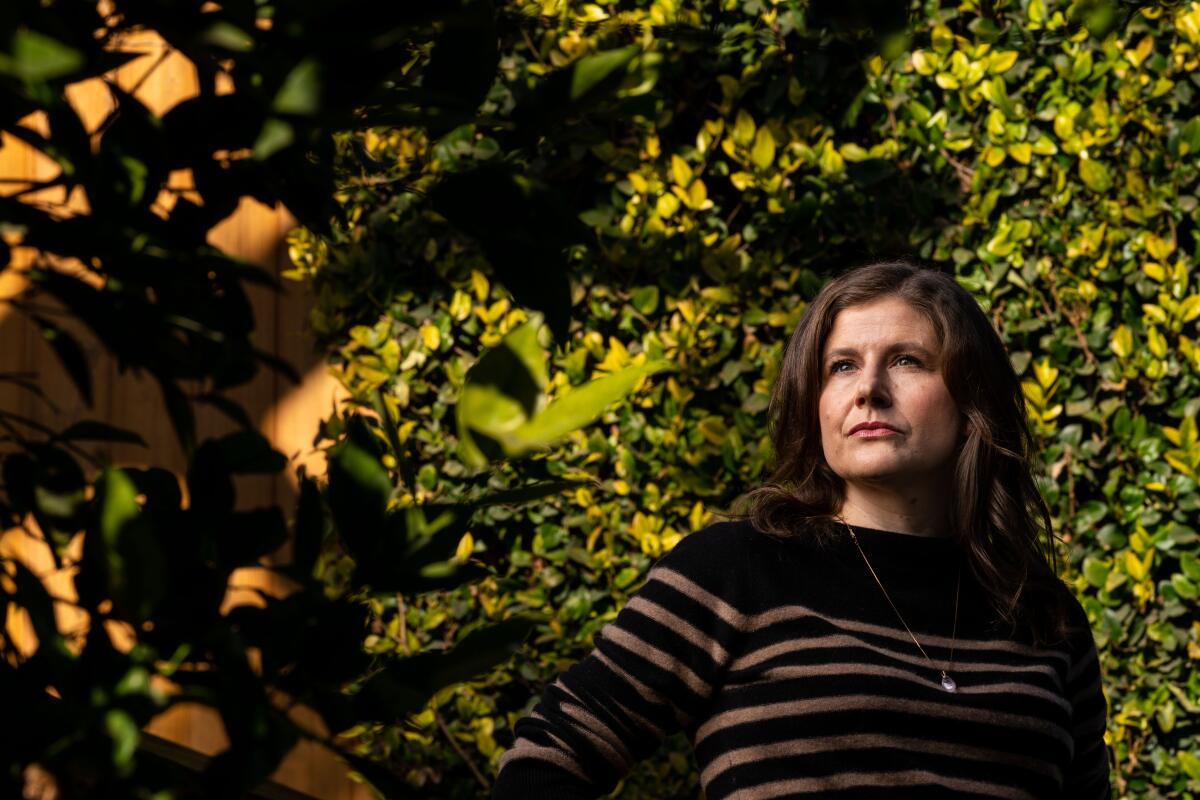
There’s definitely been so many uncanny ways in which the premise of this show, which uses the 19th century in America to look at where we are today, has just become, at times, overwhelmingly, painfully acute. READ MORE >>>

There were a million meetings with epidemiologists and health and safety experts [to begin production during the pandemic]. And the unions were all meeting with the producers and figuring out how to safely bring everyone back. It was heavy lifting, and hundreds of people worked together to make it possible. By the time we were shooting, it felt safe. READ MORE >>>
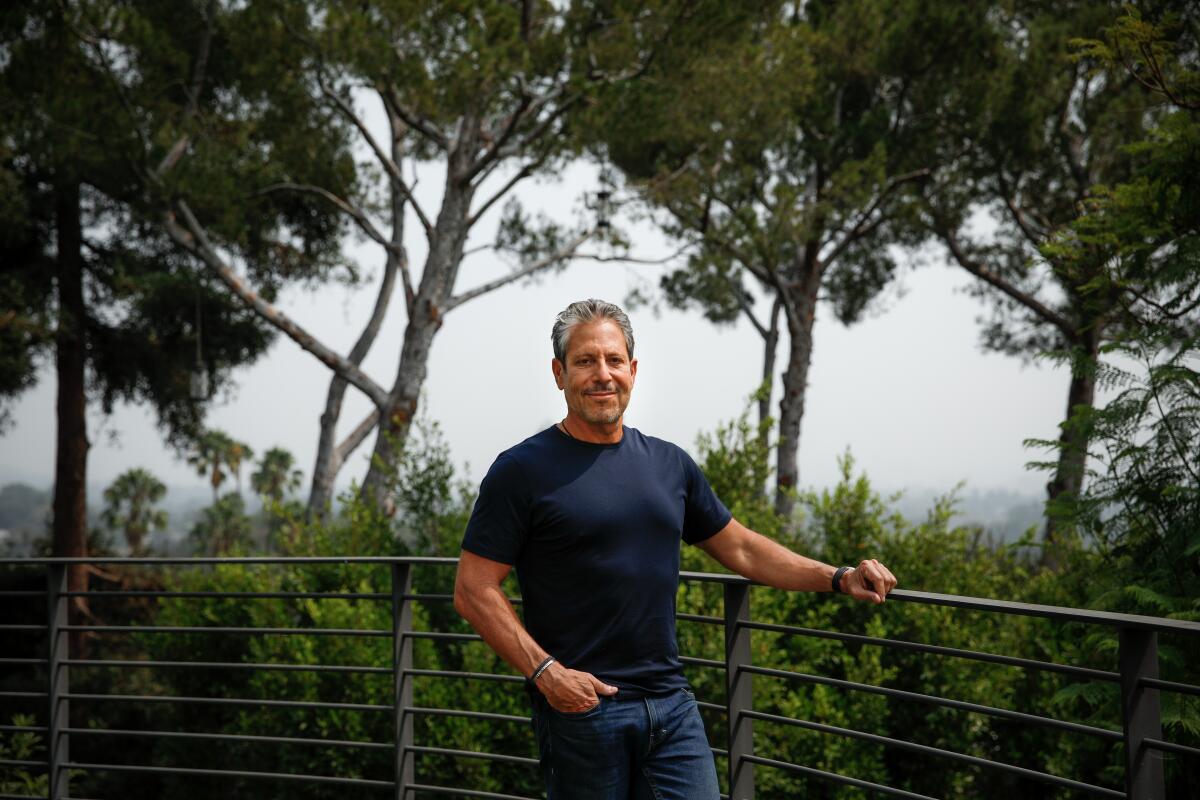
At a certain point you feel like you’re just writing for an artificial world. And I also had a theory about TV — it’s always 20 years behind culture. It’s weird to think of it now, just how censored TV has always been, network television. Going back to “The Dick Van Dyke Show” or “I Love Lucy,” when characters, a married couple, couldn’t sleep in the same bed. READ MORE >>>
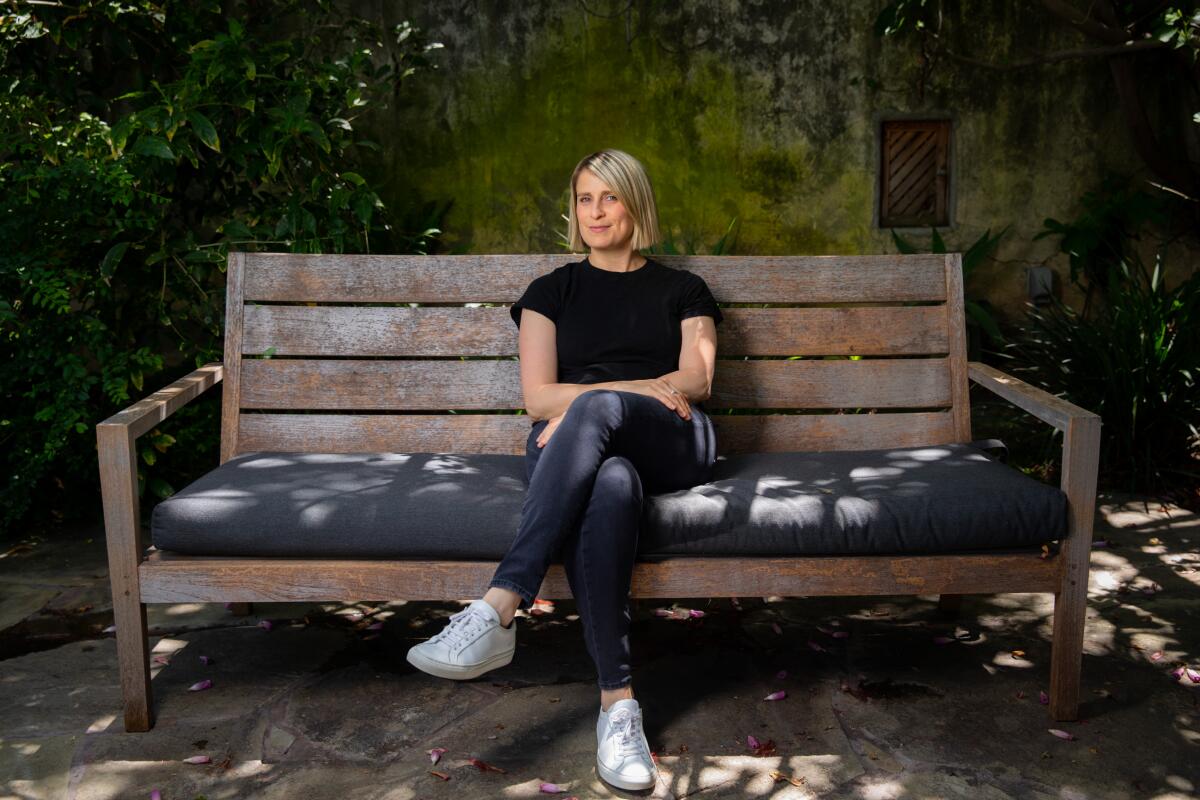
I really wanted to be authentic in my portrayal of a woman in grief. ... There was definitely fear around [Christina Applegate’s character] being an angry woman. And what I’ve said in the past about it is that men are angry and they’re a lovable curmudgeon or they’re just like a demanding boss or they’re a dad. And when a woman is angry, she’s like immediately just a monster. READ MORE >>>
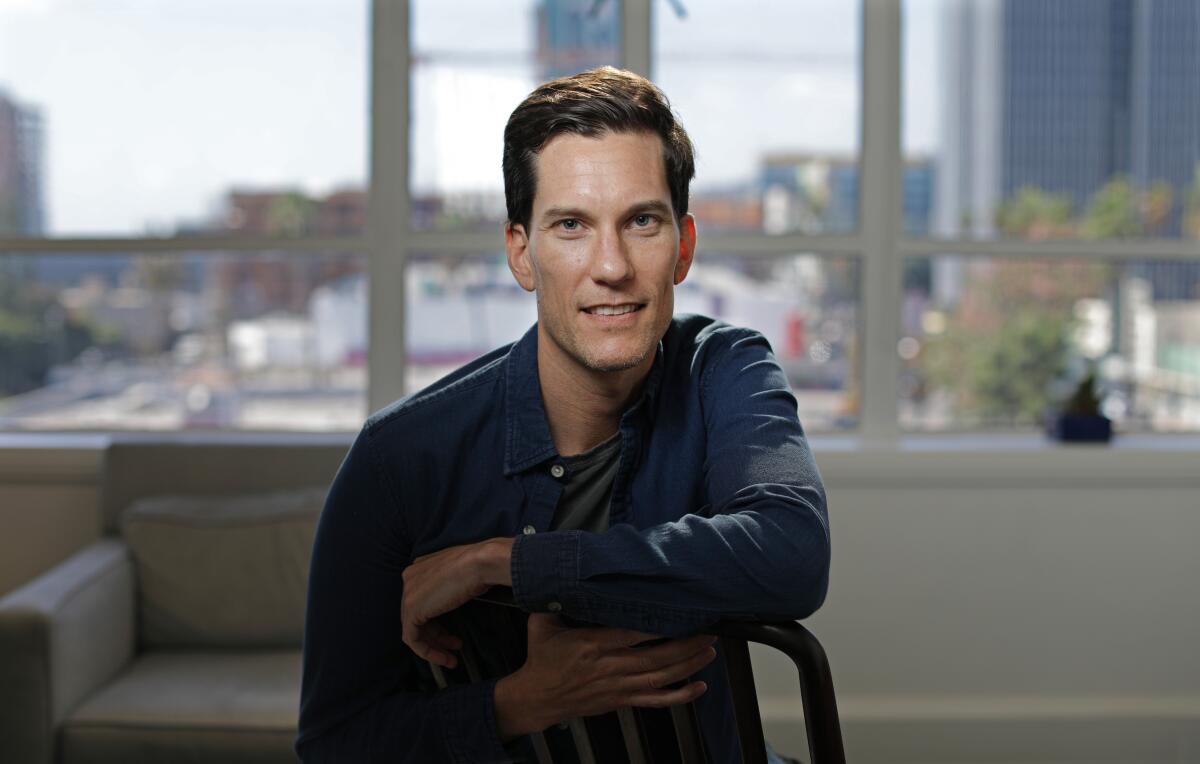
I hold very dear to my heart any of the LGBTQ content in the show. Growing up, I don’t have a memory of knowing what a gay person looked like, except my parents saw “La Cage aux Folles,” and I think I saw a picture for that on the playbill. Or there was like a suicidal gay character on some TV show. But in terms of an adult that I could grow up to be, there was nothing. So you’re thinking, “What is my future going to look like?” READ MORE >>>
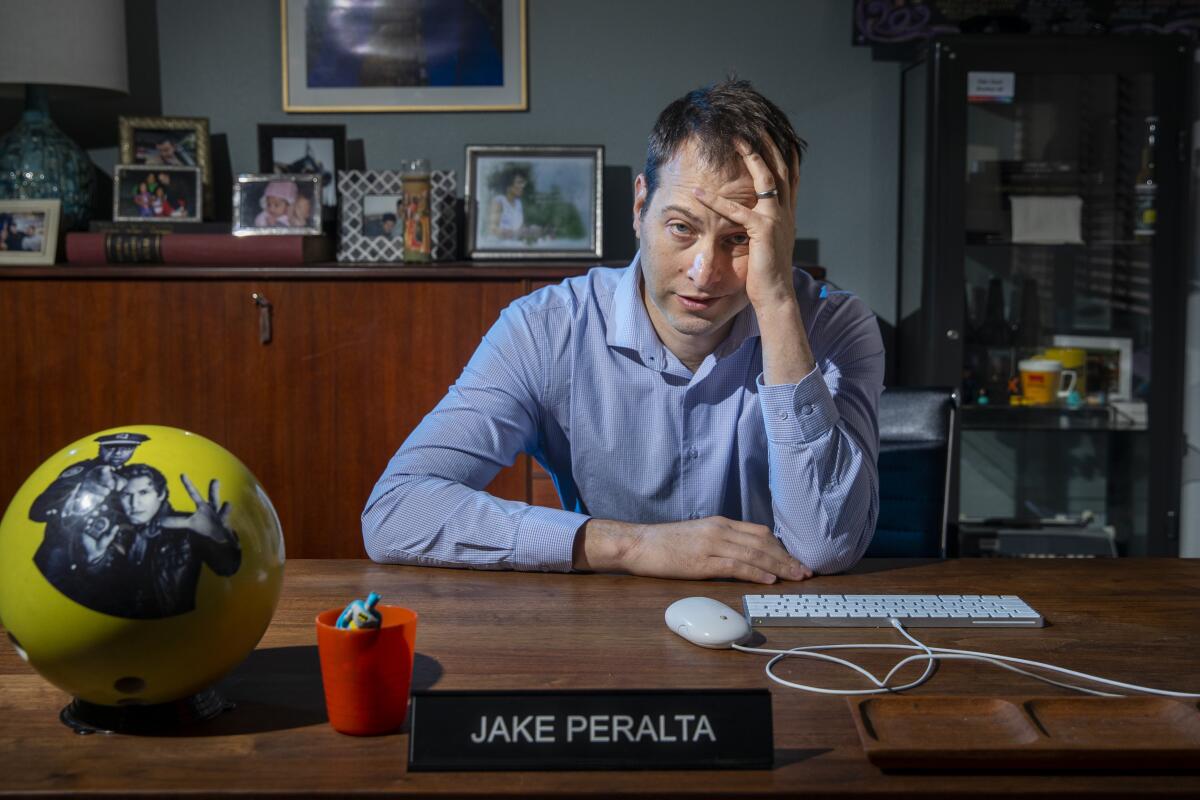
The show was designed to be a show that doesn’t have an end. That doesn’t mean it won’t end. ... It’s interesting now as we get into this late middle age of the show to think about what an end would be. When we get there, we want it to feel right, but in some ways it’s hard because it’s like I want to feel like these guys and gals, that they’re all going to hang out together forever. READ MORE >>>
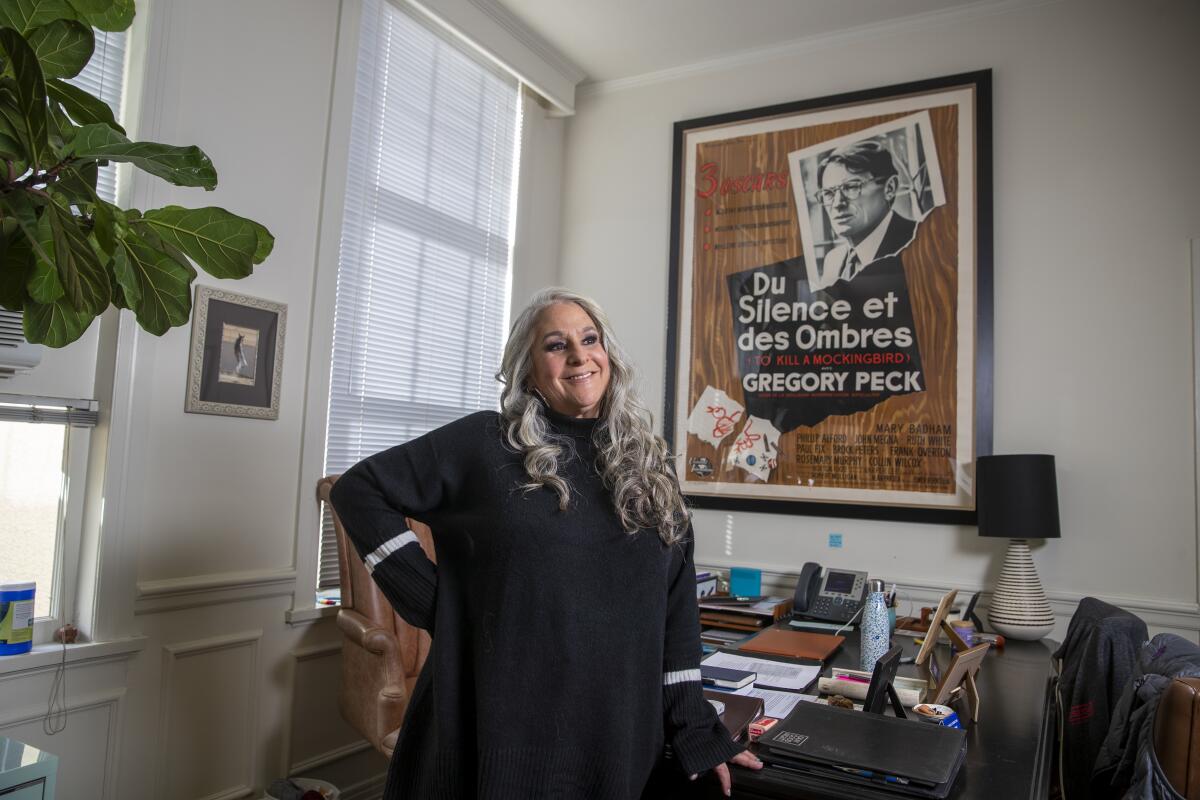
I’ve learned that I can balance a lot, that I can keep all the balls in the air [as a showrunner]. And I’ve learned I really like to lead. ... I love the collaboration among the writers, with the actors, with people from our crew who have great ideas. I find that I just want to do the stuff I absolutely love doing and that there’s still so much ahead. ... We work too hard not to do stuff we love. READ MORE >>>

I want to be able to have the stuff that I work on or write be a part of the conversation. I think it’s important to have people walk away from something and think about the world, or at least I hope to have challenged the way they think or have a conversation with somebody else about it. READ MORE >>>
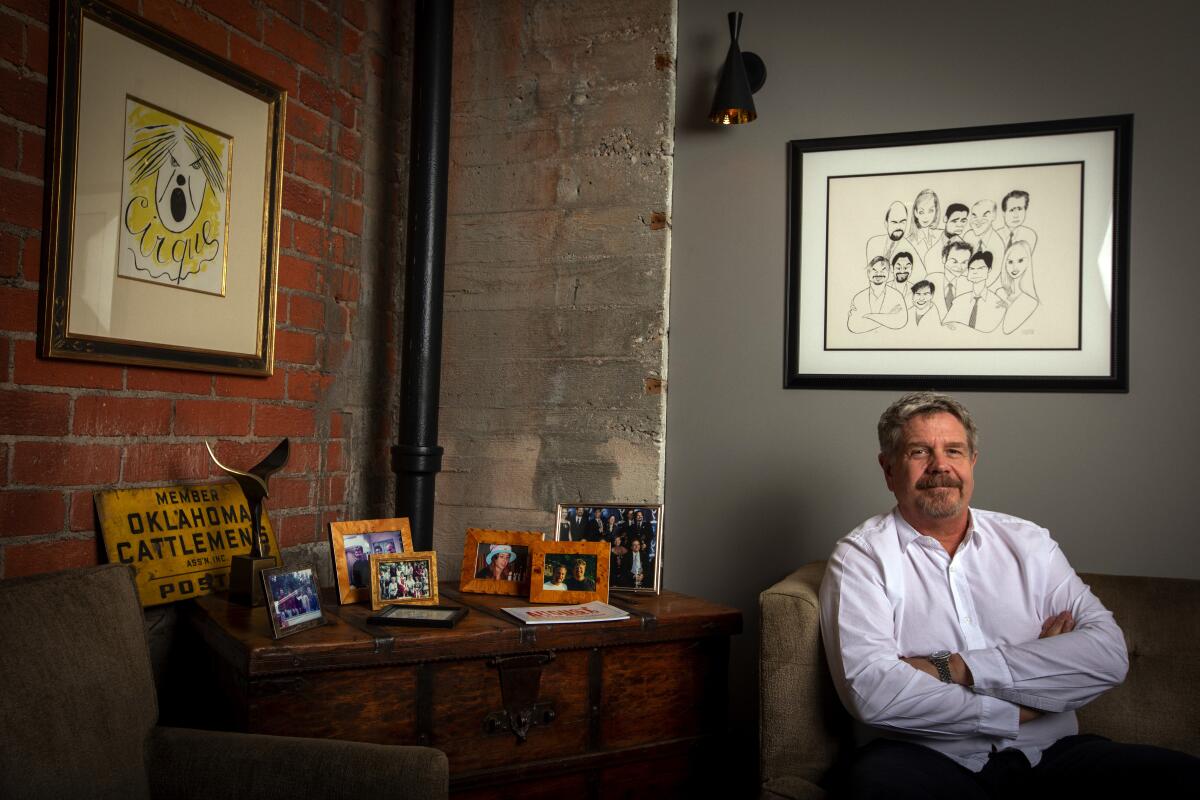
It took seven years before we got [“Shameless”] made. And it was sort of remarkable to me, given some of my history and various family experiences, [but] people didn’t think this kind of family existed in the United States. When I first started pitching, people didn’t understand what the income inequality was and how unbelievably difficult it is to work your way out of more impoverished circumstances. READ MORE >>>

There was this idea that there needed to be a presence of #MeToo in [“The Morning Show”]. And I was just like, don’t do a “presence.” That’s it — like, the whole thing. That’s what the subject is. There’s no subject bigger or more important right now. READ MORE >>>

It used to be that everybody had the same goal, which was make as much money as you can, as fast as you can. I mean, it’s not that you can’t make money that way. ... [But] you can now make a good living, and the studio can profit from your good living, when you make the exact idea that you want to make, exactly the way you want to make it, with exactly the number of episodes you think it merits. The idea can dictate the length of the show ... and it makes everyone’s life better because we didn’t have to do three seasons of this show where we just frantically ran in place and threw stuff against a wall and hoped that people didn’t get sick of us. READ MORE >>>
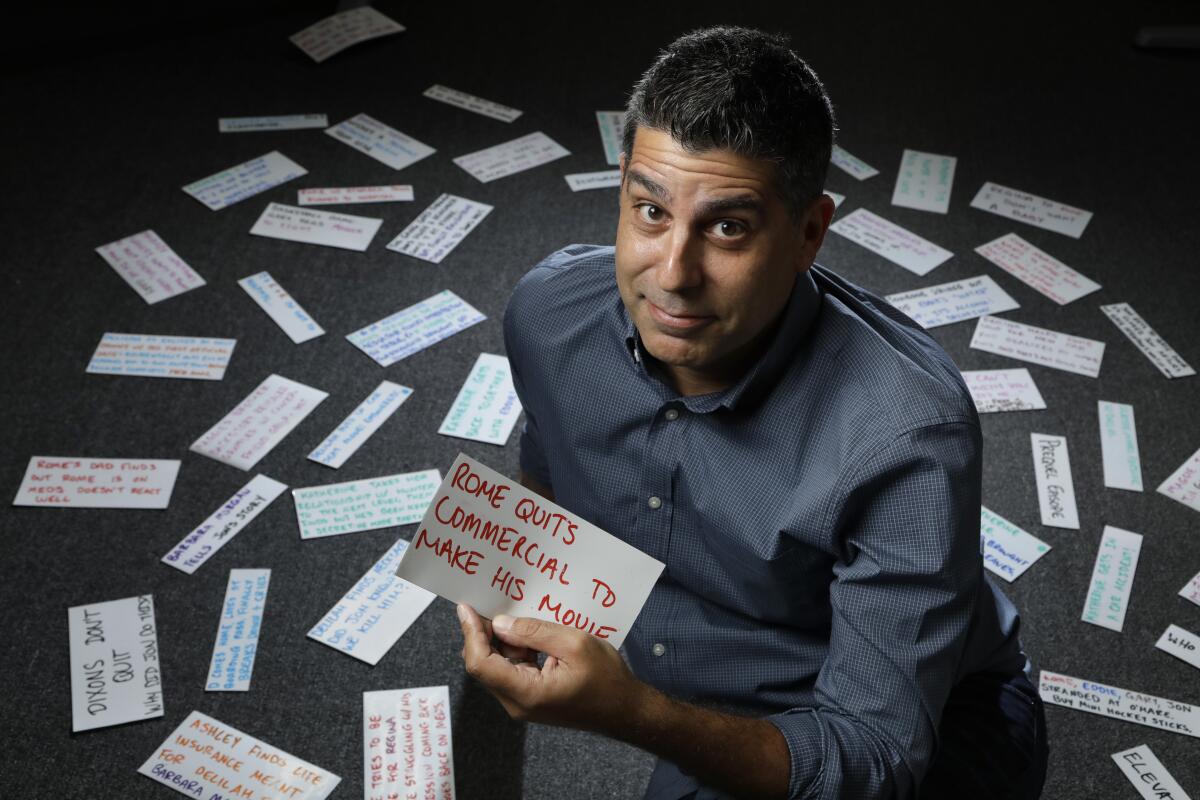
My first showrunner ever was Larry Wilmore, and he said to me, “You don’t have to take every note. You just have to let them know you heard every note.” And I think whether that’s a fellow writer, whether that’s a network exec, whether that’s an actor on set, whether it’s a director — I think about what I want. I don’t need everyone to agree with me. I just need to know, “OK, you heard me.” READ MORE >>>
“Before I go to bed at night, when my head hits the pillow, I will write a scene in my head. That’s usually going to be the first scene I write in the morning, so it’s kind of prewritten, which makes the day go by easier. The other thing I do is ... I’ll watch a couple of minutes or read a couple pages of something that I call a “tuning fork,” something that is similar to what I’m working on that’s sort of just like a singer trying to hit the right note. “This is a good one.” Like, this is the note. This is the thing that is compatible with what I am writing at that moment in time. READ MORE >>>

I didn’t know if [“Jane the Virgin”] was my story to tell, and I still don’t know. Except that I know that this iteration of “Jane” was mine to tell with the group of people that I surrounded myself with. But I felt anxious about it. And then I took a walk and the pilot just laid out for me ... and it became a story about mothers and daughters and grandmothers and that matriarchy. I knew I had to make sure there were other voices in the room besides mine filling in what I couldn’t. If it was offered to me now, would I [do it]? I don’t know. READ MORE >>>
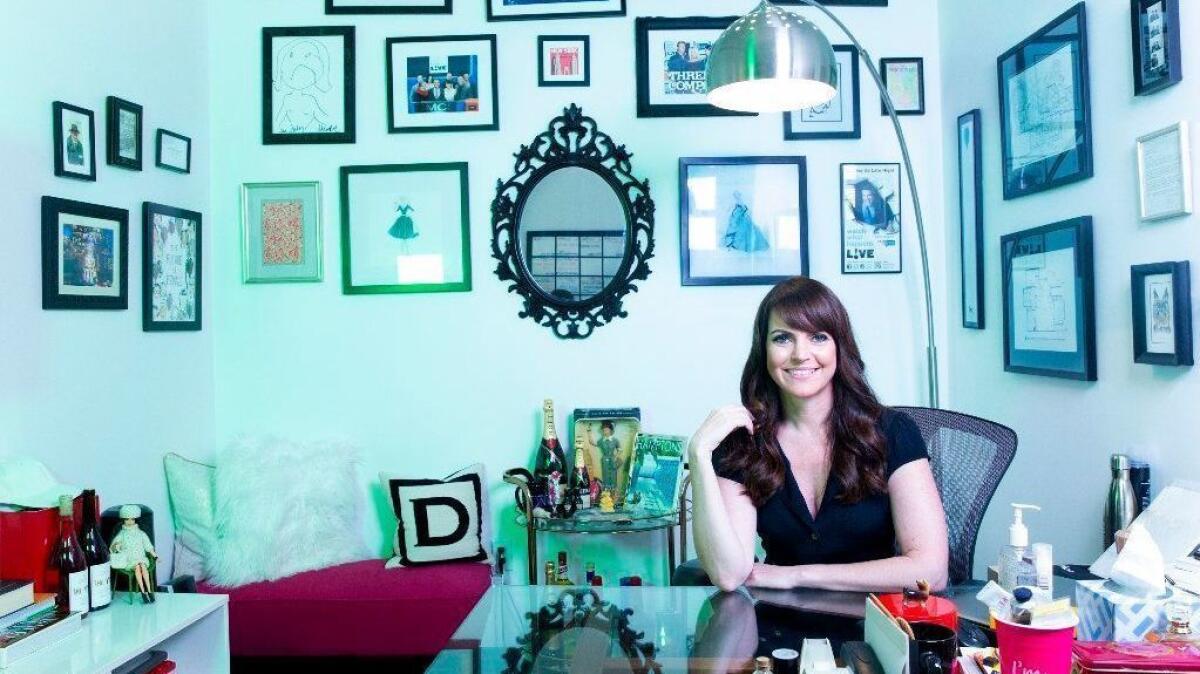
Management is not something that is always taught. It’s just something people take for granted that you’re able to do. And truthfully, I don’t think a lot of people are great managers. For me the No. 1 thing is embracing confrontation and not feeling like that’s a bad word. It’s understanding that confrontation is actually the most compassionate way to solve a problem. If I’m internalizing something and I’m upset the way that something’s happening, and I’m allowing it to take up so much space in me, who does that help? READ MORE >>>

When I told people that I wanted to hire queer people, the vast majority of submissions I got were white and male and of a certain age. Luckily I had that experience of watching Jenji [Kohan] staff. I went after playwrights, and I just started asking everybody I knew, like, “Who do you know that’s not on my radar? Who do you love? Who do you respect?” I would say probably 50% of the room came to me from friends recommending other people to me. I was just really scouring the depths to make sure we were finding exciting voices. READ MORE >>>

I didn’t know how to write TV when I got here. ... But I thought maybe I could make some money so I could keep doing my theater stuff. It was like, whatever I do, the end purpose is theater. My first year as a TV writer, I remember the No. 2 of that first writers’ room told me: “You know your theater stuff is going to be tainted.” I was like, “Never! I am a theater artiste.” But he was so right. My scenes are different. The way I tell the story is different. ... I can’t dream plays anymore. Now I dream stories that keep going. It’s weird. READ MORE >>>
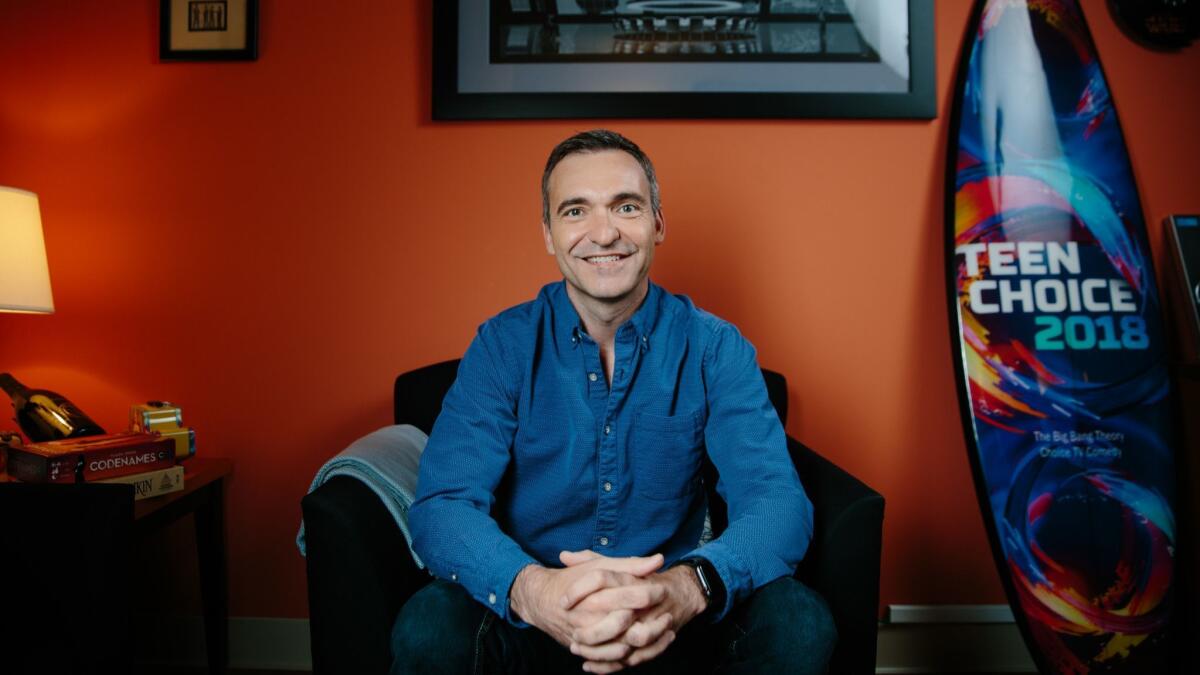
I love binge-watching things, but I do think part of the reason [“The Big Bang Theory”] means a lot to a lot of people is that they’ve spent 12 years with it. They’ve spent this amount of time, and I don’t know that you get that same level of involvement when you watch a season in two days and then move on. It’s just a different experience. READ MORE >>>
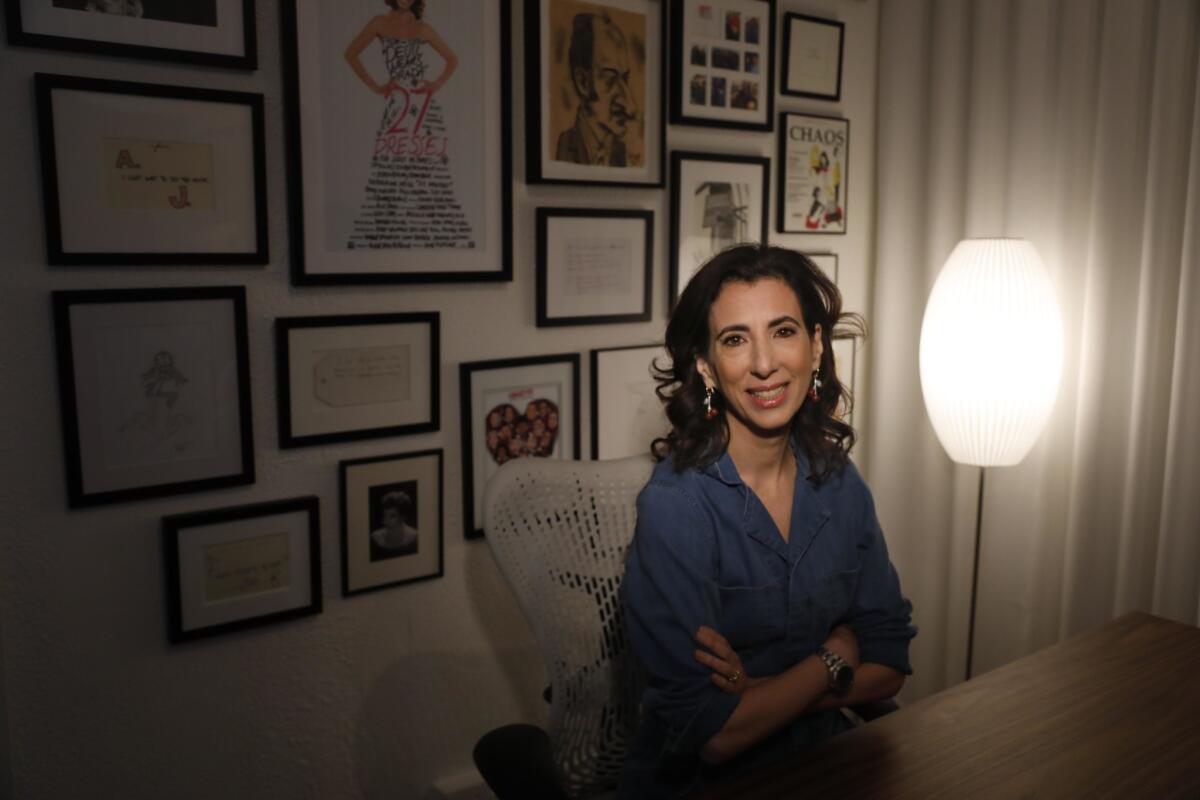
Looking at the ratings, for us, is really pointless. We realized early on that no one’s going to watch [“Crazy Ex-Girlfriend”] in any substantial numbers live on network television. So we gave up on that. I would say Rachel [Bloom, co-creator and star] and I check that, but very early on, we knew that if they were going to leave us on the air, it’s not going to be for the ratings. READ MORE >>>
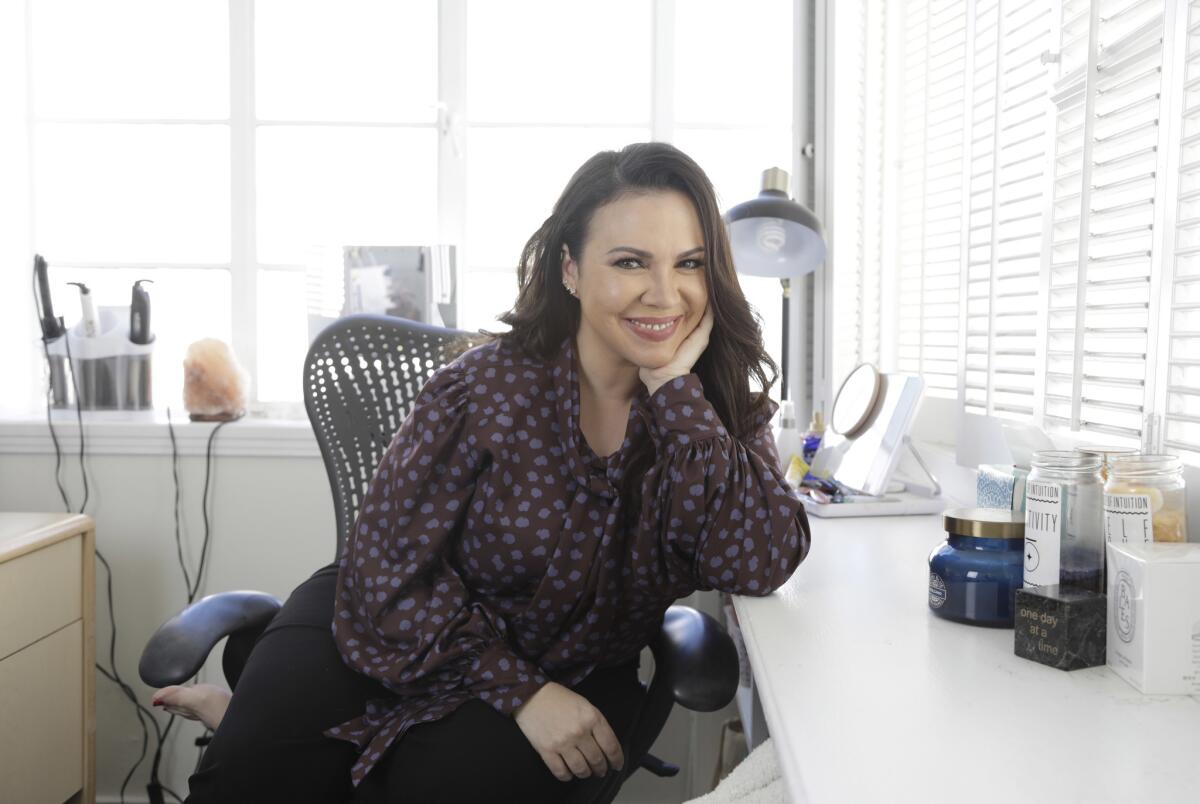
I was really stunned that there were so many dudes. I didn’t think it was mostly, like, 50-year-old white guys that write everything. I really was shocked. There was a woman on staff [for “Quintuplets” on Fox] who was so kind to me, and I will never forget her kindness. We were not allowed to sit next to each other. They literally pulled me aside, and said, “You can’t sit next to her.” READ MORE >>>
The complete guide to home viewing
Get Screen Gab for everything about the TV shows and streaming movies everyone’s talking about.
You may occasionally receive promotional content from the Los Angeles Times.